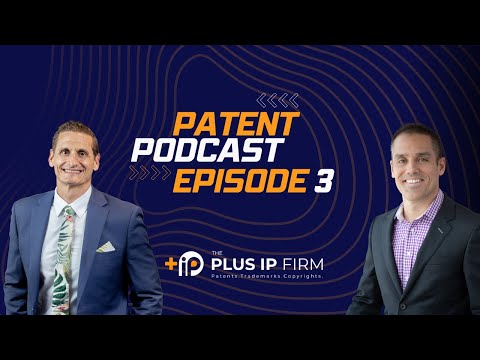
Successfully Navigating a Patent Lawsuit: Strategies for Victory
Welcome to this informative article on navigating a patent lawsuit! In the complex and ever-evolving world of US law, understanding the intricacies of patents and litigation can be a daunting task. However, fear not, as we are here to shed light on this subject and provide you with strategies for success.
It is important to note that the information provided in this article should serve as a starting point for your research. Always cross-reference with other sources and consult legal advisors to ensure accuracy and applicability to your specific situation. With that said, let’s dive into the fascinating realm of patent lawsuits.
📋 Content in this article
Navigating a Patent Lawsuit: Strategies for Success
Navigating a Patent Lawsuit: Strategies for Victory
Introduction:
When it comes to protecting your valuable intellectual property, patents play a crucial role. However, sometimes disputes arise, and patent infringement lawsuits become inevitable. Navigating a patent lawsuit can be complex and challenging, requiring careful planning and strategic thinking. In this article, we will discuss key strategies that can lead to victory in a patent lawsuit.
Understanding the Patent Landscape:
1. Conduct a Prior Art Search:
2. Assess the Strength of Your Patent:
Building a Strong Defense:
1. Hire Experienced Patent Litigators:
2. Develop a Robust Invalidity Defense:
Understanding the Two Defenses Against Patent Infringement in US Law
Successfully Navigating a Patent Lawsuit: Strategies for Victory
As a potential client facing a patent lawsuit, it is crucial to understand the two defenses against patent infringement in US law. These defenses play a pivotal role in shaping the outcome of your case. In this article, we will delve into these defenses and provide you with a comprehensive understanding of how they can be utilized to secure victory in a patent lawsuit.
1. Non-Infringement Defense: The first defense against patent infringement is the assertion of non-infringement. This defense argues that your product or process does not infringe upon the claims of the patent in question. To successfully establish non-infringement, you must demonstrate that your product or process falls outside the scope of the patent’s claims.
Key points to consider when asserting a non-infringement defense:
– Carefully analyze the claims of the patent and compare them to your product or process.
– Identify any differences between your product or process and the claimed invention.
– Gather evidence such as technical specifications, expert opinions, or prior art that supports your argument of non-infringement.
– Engage experienced counsel who can effectively present your case and counter any arguments made by the opposing party.
2. Invalidity Defense: The second defense against patent infringement is the assertion of invalidity. This defense challenges the validity of the patent itself, arguing that it should not have been granted in the first place. To successfully establish invalidity, you must provide clear and convincing evidence that demonstrates one or more legal grounds on which the patent is invalid.
Legal grounds on which a patent can be declared invalid include:
– Prior art: Show that the claimed invention was already known or used by others before the filing date of the patent application.
– Obviousness: Argue that the claimed invention would have been obvious to a person skilled in the relevant field at the time of filing.
Title: Successfully Navigating a Patent Lawsuit: Strategies for Victory
Introduction:
In the complex realm of US patent law, successfully navigating a patent lawsuit requires a deep understanding of the legal framework and strategic approach. This article aims to provide valuable insights into the strategies that can lead to victory in such cases. It is important to note that while the information provided here is comprehensive and accurate at the time of writing, readers should verify and cross-reference the content with qualified legal professionals to ensure its applicability to their specific circumstances.
1. Understanding the Patent System:
To effectively navigate a patent lawsuit, it is crucial to have a solid understanding of the US patent system. This includes comprehending the different types of patents (utility, design, and plant patents) and the process of acquiring patent protection through the United States Patent and Trademark Office (USPTO). Familiarizing oneself with the relevant laws, regulations, and court decisions is vital for building a strong defense or asserting a claim.
2. Conducting Thorough Patent Searches:
Before initiating or defending against a patent lawsuit, conducting comprehensive patent searches can provide valuable insights. Identifying existing patents or prior art that may impact the validity or infringement claims can significantly influence the outcome of a case. It is advisable to consult with experts in patent searching or utilize specialized databases to ensure thoroughness and accuracy.
3. Building a Strong Legal Team:
Engaging an experienced legal team that specializes in intellectual property litigation is paramount. Attorneys with expertise in patent law can provide guidance, formulate effective strategies, and navigate the complexities of the legal process. Working collaboratively with skilled professionals increases the likelihood of success in patent lawsuits.
4. Prioritizing Patent Portfolio Management:
Maintaining an updated and well-managed patent portfolio is essential in strengthening one’s position in a patent lawsuit. Regularly reviewing and evaluating patents for validity and enforceability helps to identify potential vulnerabilities or opportunities for asserting claims.
